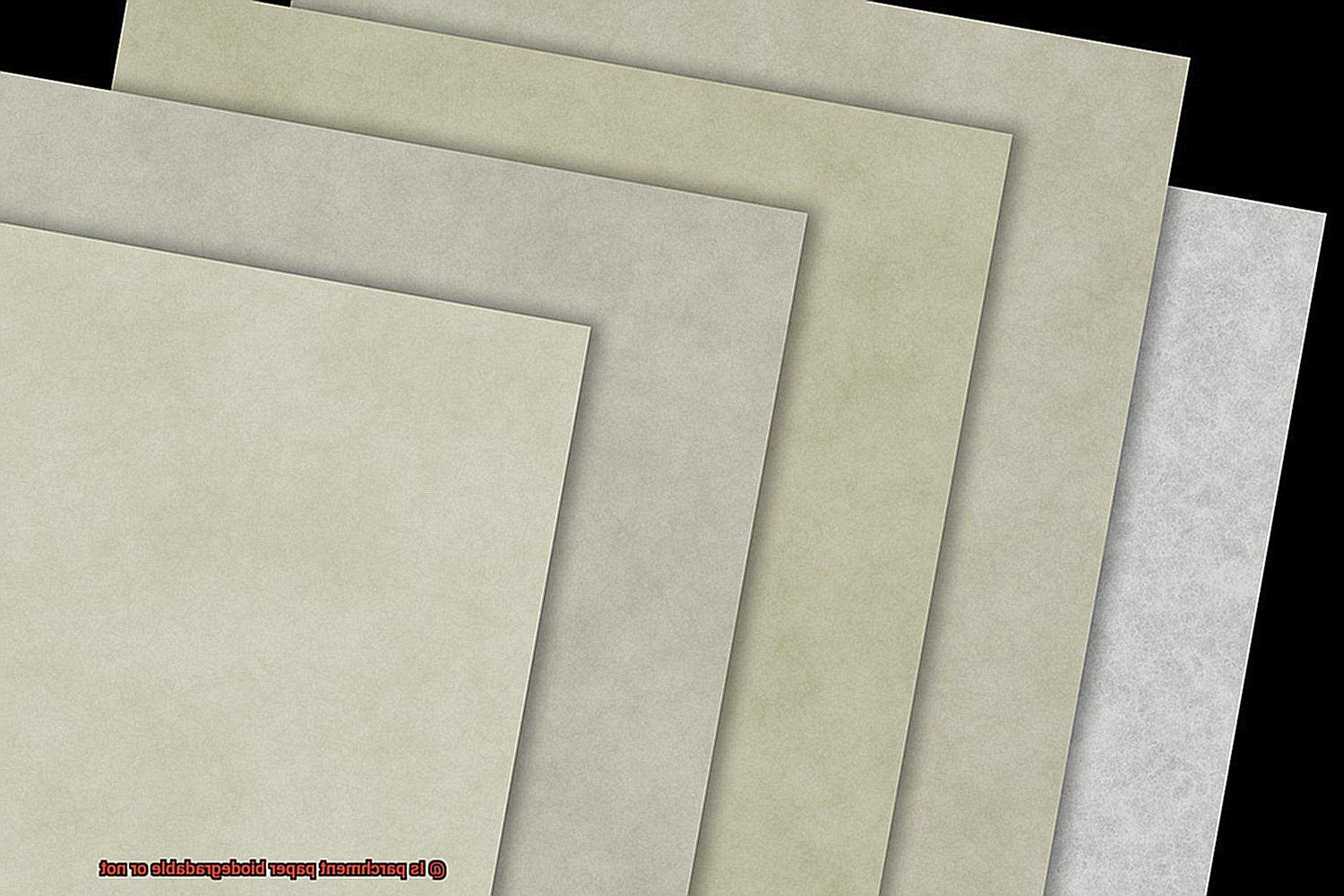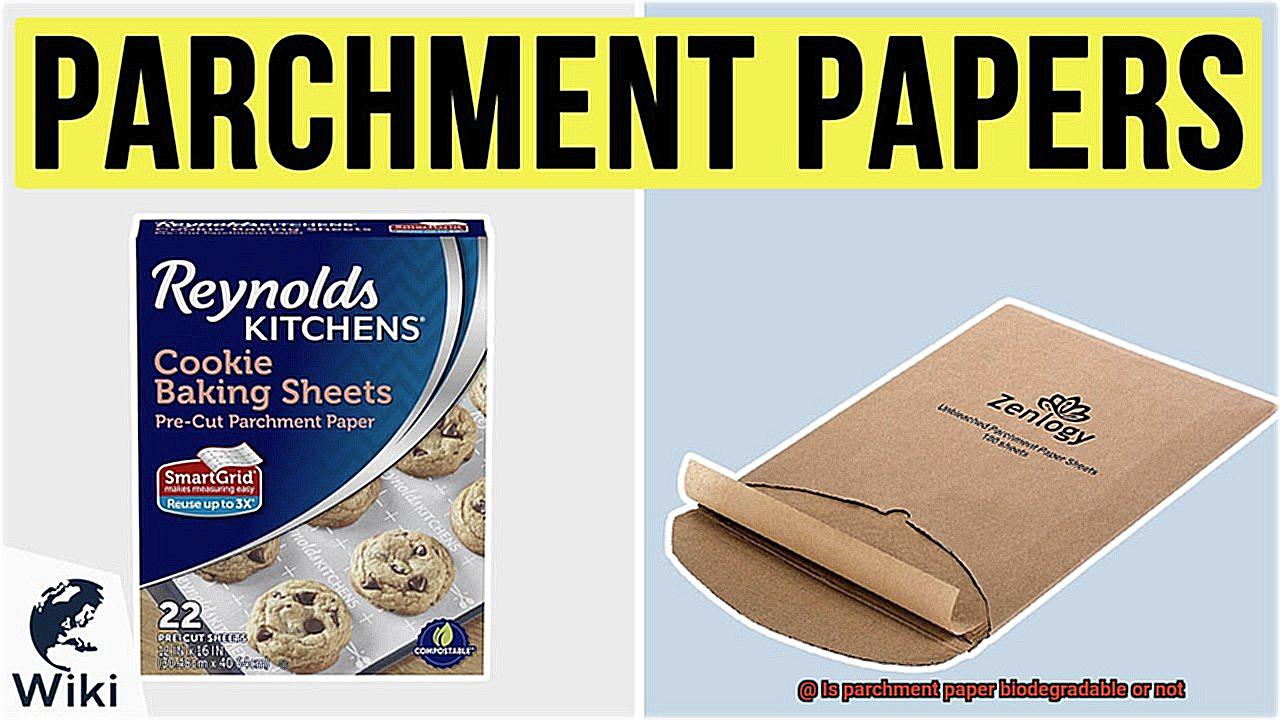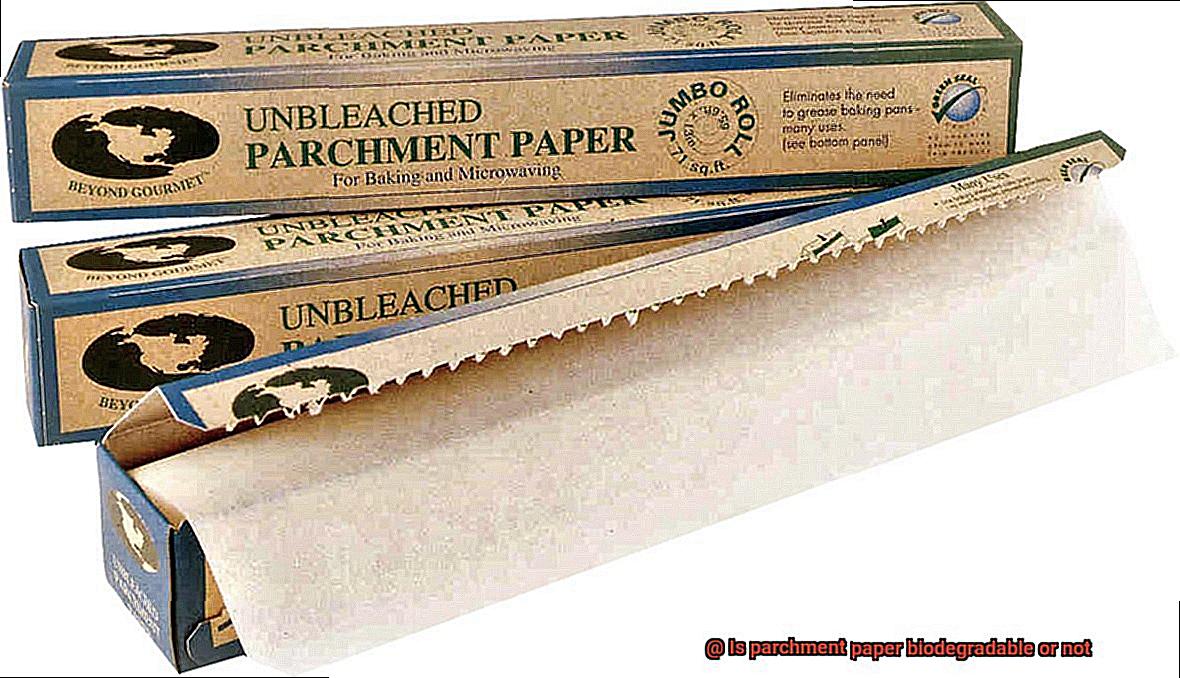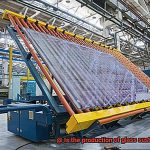Do you love using parchment paper in the kitchen? It’s a versatile tool that can be used for everything from baking cookies to roasting vegetables. But have you ever wondered what happens to it after you’re done with it? Is parchment paper biodegradable or not? Let’s explore this question together.
Parchment paper is a fascinating invention. Treated with silicone, it becomes heat-resistant, non-stick, and waterproof. But despite its many benefits, we still don’t know for sure whether parchment paper is biodegradable or not. The answer depends on the type of parchment paper you’re using.
Some parchment papers are made from wood pulp, which means they are biodegradable. Others are made from cellulose fibers, which take longer to decompose and are therefore less environmentally friendly. Additionally, some types of parchment paper have synthetic coatings that can further slow down the decomposition process.
If you want to minimize your environmental impact when using parchment paper, look for brands that use sustainably sourced materials and avoid those with synthetic coatings. And when it comes time to dispose of your used parchment paper, make sure to compost or recycle it properly.
In conclusion, while parchment paper may seem like a small thing in the grand scheme of things, every little bit counts when it comes to protecting our planet. By choosing biodegradable options and disposing of them responsibly, we can all do our part to reduce waste and preserve our environment for future generations.
What is Parchment Paper?
Contents
Then, you must have encountered parchment paper in your kitchen. But, do you know what makes it special and how it differs from wax paper? Let’s dive into the world of parchment paper.
Parchment paper is a game-changer for chefs and bakers alike. It’s a type of paper that’s been treated with a special coating of silicone to make it heat-resistant and non-stick. This means that you can use it to line pans, prevent sticking, and make cleanup easier without worrying about your food burning.
Unlike wax paper, which can create a fire hazard when used in the oven due to its wax coating, parchment paper is designed to withstand high temperatures. It’s coated with silicone, which is heat-resistant and non-stick, making it a must-have tool in any kitchen.
While parchment paper was originally made from animal skin like sheep or goats, the modern version is typically made from wood pulp treated with sulfuric acid to create a uniform product. However, not all parchment papers are created equal. Vegetable pulp-based parchment paper is considered more eco-friendly as it’s biodegradable and compostable.
When it comes to the environment, parchment paper stands out from other types of paper products. Unlike plastic and synthetic materials that can take hundreds of years to break down in landfills, parchment paper is made from natural materials that will eventually decompose over time.
So, next time you’re baking your favorite dessert or cooking up a storm in the kitchen, make sure to reach for that trusty roll of parchment paper. Not only will it make your life easier by preventing food from sticking and making cleanup a breeze, but it’ll also be an eco-friendly choice for the environment. Remember to dispose of it properly by recycling or composting to reduce waste and protect Mother Nature.
Types of Parchment Paper
But with so many types of parchment paper available on the market, it can be overwhelming to choose the right one. Fear not, as an expert on the subject, I am here to guide you through the various types of parchment paper.
Let’s start with bleached versus unbleached parchment paper. Bleached parchment paper is often white in color and has been treated with chemicals to achieve its appearance. On the other hand, unbleached parchment paper retains its natural brown color without any chemical treatment. Not only is unbleached parchment paper more eco-friendly, but it also has a unique rustic appearance that adds character to your baked goods.

The next consideration is silicone-coated versus quilon-coated parchment paper. Silicone-coated parchment paper is considered to be more environmentally friendly than quilon-coated parchment paper because silicone is a safer material than quilon. Quilon contains chromium, which can be harmful to both the environment and human health. By choosing silicone-coated parchment paper, you are not only being kinder to the planet but also ensuring that your food remains free of harmful chemicals.
Lastly, let’s talk about recyclable versus compostable parchment paper. Some brands of parchment paper are recyclable, while others are compostable. Recyclable parchment paper can be recycled along with other paper products, while compostable parchment paper can be composted along with other organic materials. Choosing a product that can be easily disposed of in an eco-friendly way is a small yet significant step towards reducing waste and protecting our environment.
Is Vegetable Pulp-Based Parchment Paper Biodegradable?

This type of parchment paper is made from natural plant fibers like wood pulp, cotton or hemp, without using harmful chemicals like bleach in the manufacturing process.
What makes vegetable pulp-based parchment paper more biodegradable than traditional parchment paper? Well, natural fibers break down naturally over time. However, not all vegetable pulp-based parchment papers are made equal. Some may contain synthetic materials or additives that can slow down the biodegradation process.
To ensure that your vegetable pulp-based parchment paper is biodegradable, look for products that are certified compostable or biodegradable by reputable organizations such as the Biodegradable Products Institute (BPI) or the European Bioplastics Association. These certifications indicate that the product has undergone rigorous testing and meets strict standards for biodegradability.
Proper disposal of vegetable pulp-based parchment paper is also important to maximize its biodegradability. Composting is the most effective way to dispose of this type of paper, as it allows the natural breakdown of the plant fibers to occur in a controlled environment. However, if composting is not an option, vegetable pulp-based parchment paper can also be disposed of in regular trash bins. Though it might take longer to break down in a landfill, it will eventually degrade over time without releasing harmful chemicals into the environment.
Is Wood Pulp-Based Parchment Paper Biodegradable?
Well, the answer is not as straightforward as you might think. While parchment paper made from natural materials like wood pulp and vegetable fibers can decompose over time, other factors can affect its biodegradability.
One of the most significant factors is the coating and additives used during manufacturing. Some manufacturers may add chemical coatings or additives to enhance the properties of the paper, like heat resistance or non-stickiness. These additives may take longer to decompose and can reduce the parchment paper’s biodegradability.
Moreover, the thickness of the parchment paper also plays a vital role in its biodegradability. Thicker parchment papers may take longer to break down compared to thinner ones. It’s important to note that parchment paper should not be composted as it may contain food residue or other contaminants.
To ensure maximum biodegradability, it’s best to choose uncoated and thinner parchment papers. Look for products certified compostable or biodegradable and dispose of them correctly through composting or regular trash bins.
Does It Take Long to Decompose?
Parchment paper is treated with sulfuric acid to give it its non-stick properties, making it resistant to water and oil, but less biodegradable. In a compost pile, parchment paper takes about 2-6 months to decompose, but this timeframe can vary depending on the pile’s conditions. If your compost pile lacks enough moisture or oxygen, the parchment paper may take longer to break down.
Unfortunately, if you toss your parchment paper in the trash, it can take years to decompose in a landfill. Landfills lack the necessary conditions for decomposition, leading to environmental pollution and waste.
To promote sustainability and reduce waste, proper disposal of parchment paper is crucial. Composting or placing it in a recycling bin (if unsoiled) are excellent options. Some brands even offer biodegradable parchment paper options made without sulfuric acid, more environmentally friendly.
Responsible Disposal of Parchment Paper
While this kitchen staple makes cooking and baking easier, it is essential to dispose of it responsibly to minimize its environmental impact.
Did you know that parchment paper is treated with sulfuric acid to create a non-stick and heat-resistant material? This means that it cannot be composted like other food waste and is not biodegradable.
Fortunately, there are responsible ways to dispose of parchment paper. The first option is to place it in the trash can. However, to avoid contaminating other recyclable materials, it’s crucial to separate the parchment paper from any food remnants and place it in a separate bag or container before disposing of it.
Another eco-friendly alternative is to switch to reusable silicone baking mats or cloths instead of parchment paper. These alternatives are more sustainable as they can be used repeatedly and do not contribute to waste.
By being mindful of how we dispose of our parchment paper, we can make a significant impact on our environment. Properly disposing of this non-biodegradable material helps reduce the amount of waste that ends up in landfills and contributes to a more sustainable future.
IfXi2hMf1lA” >
Conclusion
In conclusion, parchment paper is a kitchen superhero that can do it all – from lining baking sheets to wrapping leftovers. However, its environmental impact is a cause for concern. The answer to whether parchment paper is biodegradable or not is not straightforward and depends on the type you use.
Parchment paper made from wood pulp is biodegradable and breaks down quickly in compost or landfill. In contrast, those made from cellulose fibers take longer to decompose and are less eco-friendly. To minimize our environmental footprint, we should choose sustainably sourced brands without synthetic coatings.
When disposing of used parchment paper, it’s crucial to compost or recycle it properly. Vegetable pulp-based parchment paper is more biodegradable than traditional parchment paper as natural fibers break down over time. Uncoated and thinner parchment papers are also better options as they take less time to decompose.
Choosing the right type of parchment paper can make a significant difference in reducing waste and preserving our planet for future generations. But why stop there? We can switch to reusable silicone baking mats or cloths instead of parchment paper to further minimize our environmental impact.
In summary, by being mindful of the type of parchment paper we use and how we dispose of it, we can take small yet meaningful steps towards protecting our environment and creating a more sustainable future.





